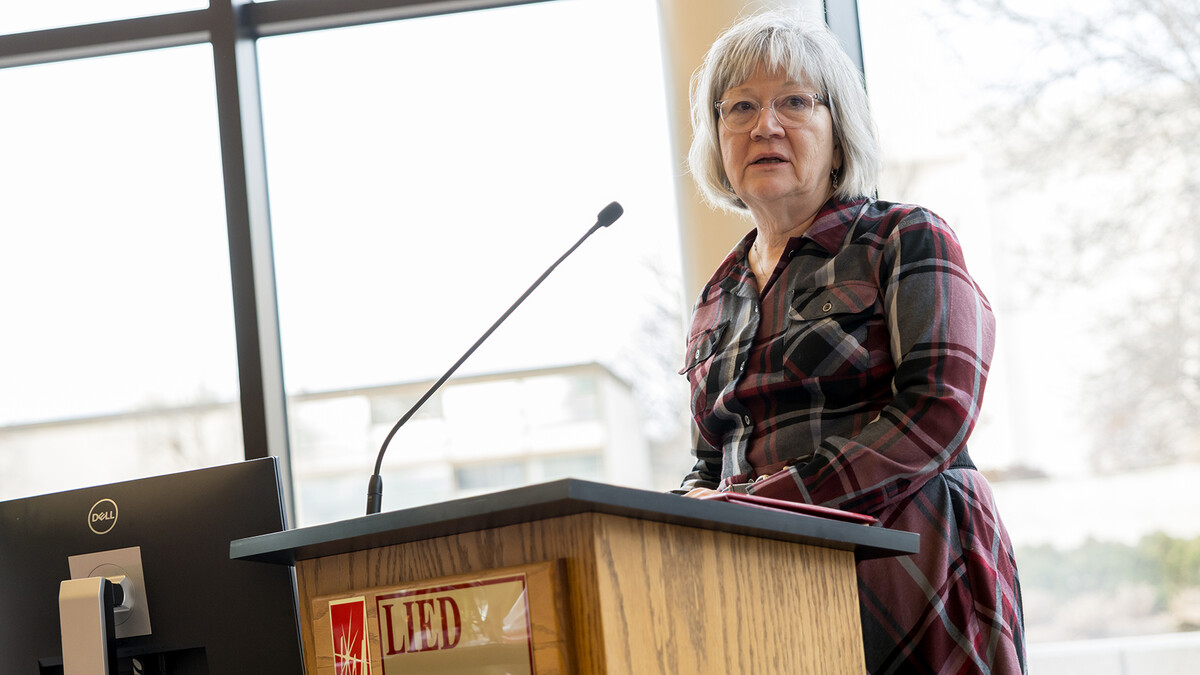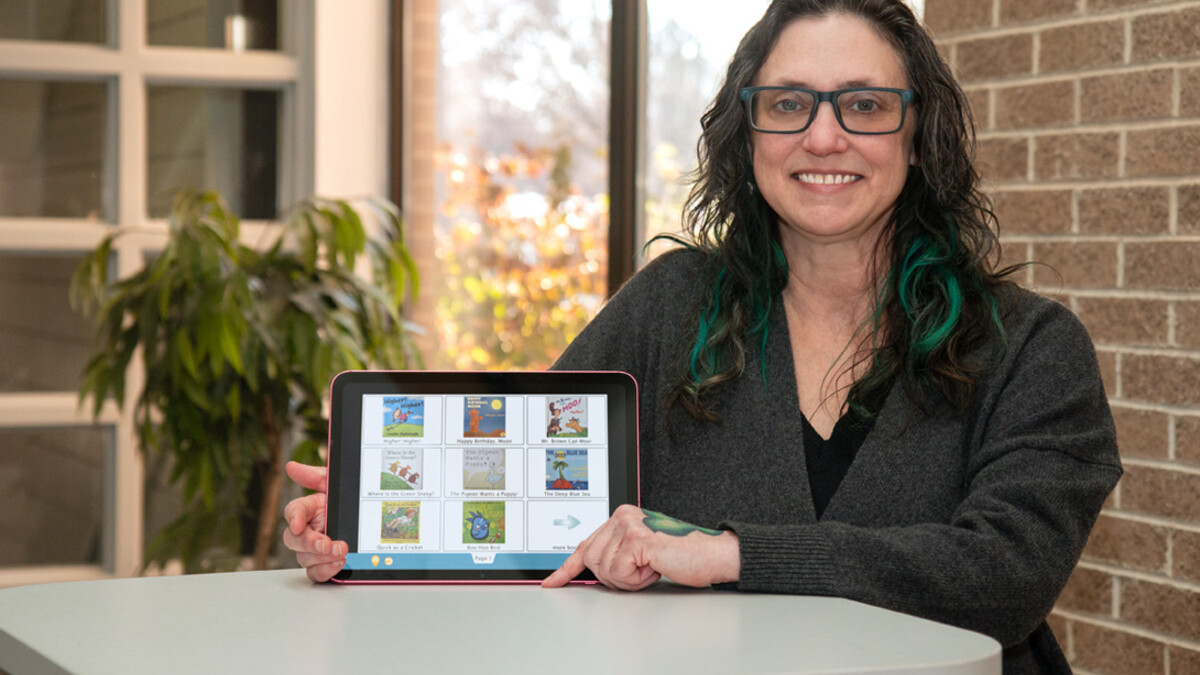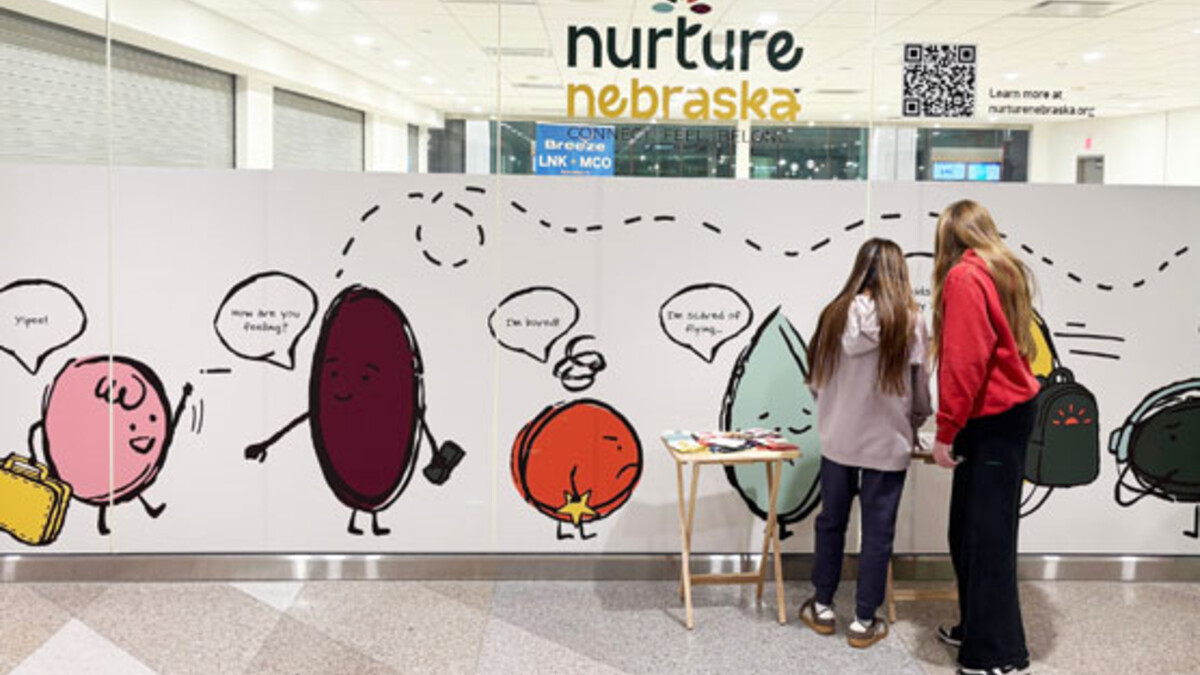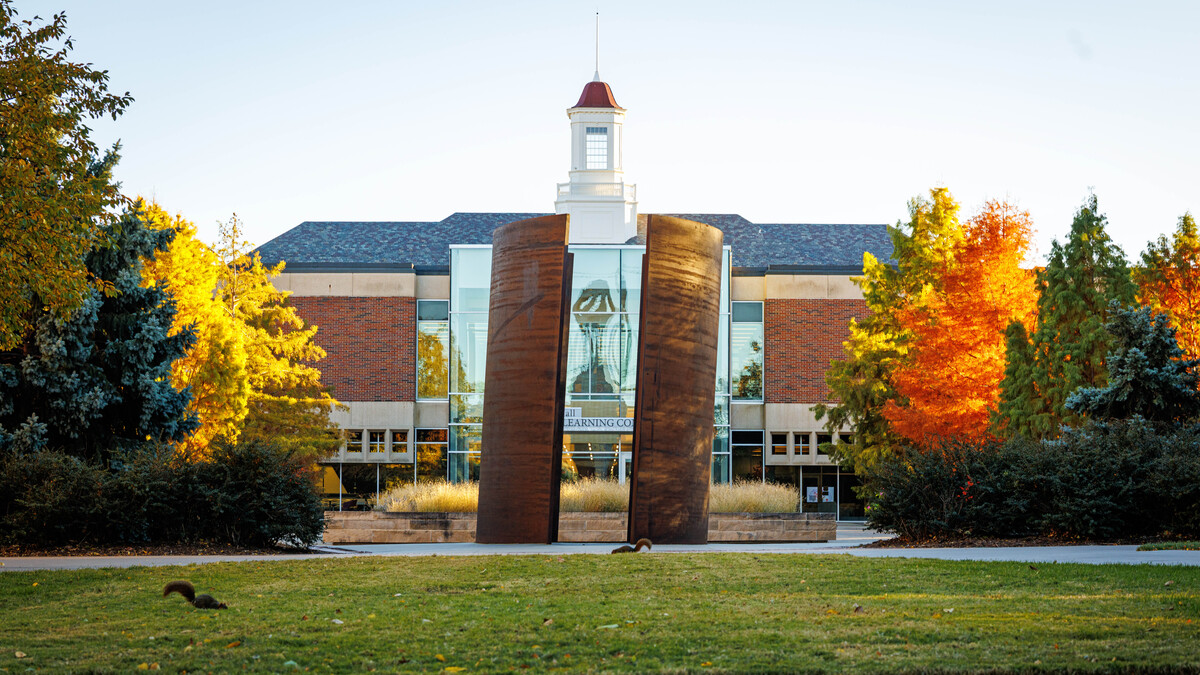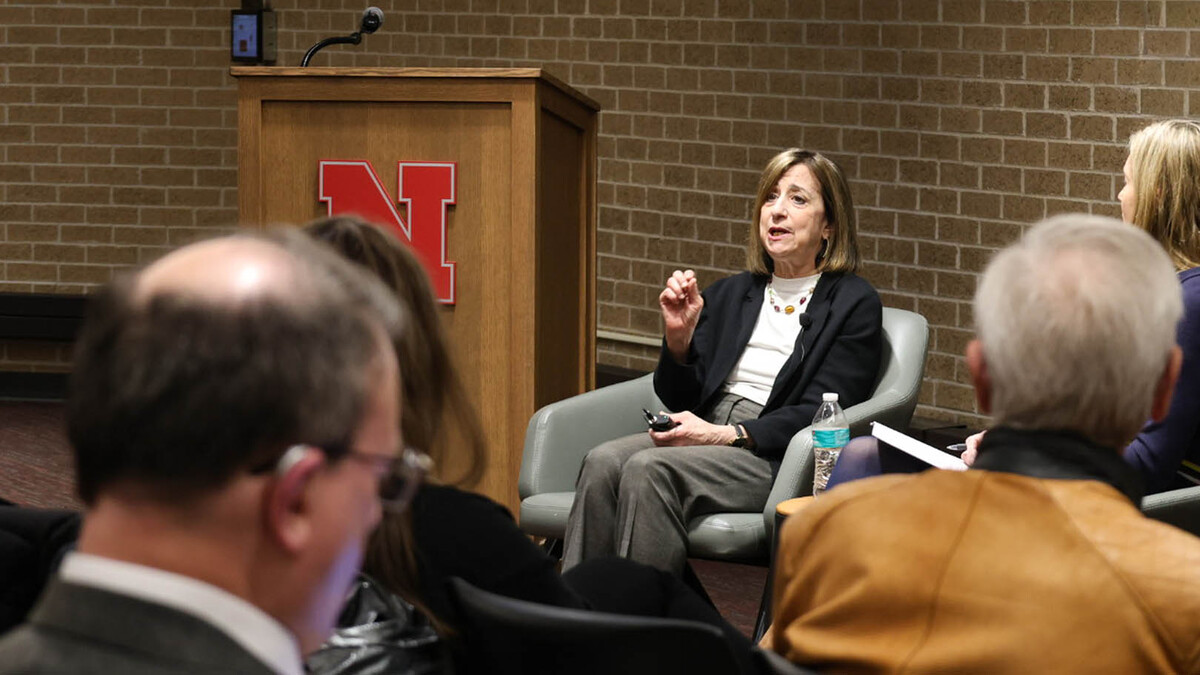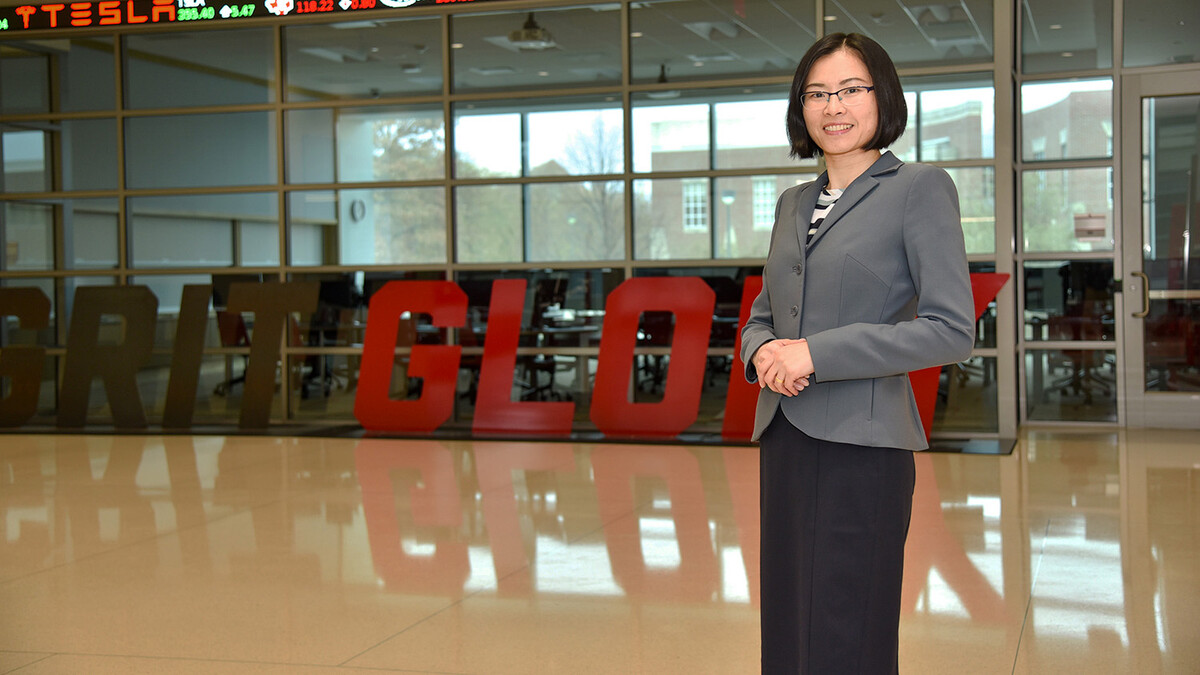
Most rural Nebraskans are somewhat or very confident in their ability to recognize news that is made up, according to the 2017 Nebraska Rural Poll.
Almost one-quarter of respondents are very confident and just under six in 10 are somewhat confident. People 30 to 49 are more likely than other age groups to be confident in their ability to recognize fake news, the poll shows.
According to the latest batch of findings from this year’s Rural Poll – the largest annual poll of rural Nebraskans’ perceptions on quality of life and policy issues – rural residents most trust information received from local and public news sources. Just over eight in 10 rural Nebraskans surveyed either somewhat or greatly trust information from their local television news organizations and their local newspapers. Almost seven in 10 somewhat or greatly trust information from PBS and public radio. They least trust information from social networking sites and blogs.
“That finding might surprise someone who views rural places as being uninformed,” said Randy Cantrell, rural sociologist with the Nebraska Rural Futures Institute. “But, really, most of us know well that social networking sites and blogs are filled with sketchy information from unknown sources and that ratings battles can bias mainstream outlets. Local news sources, especially to the extent that they deal with local information, are likely to be more reliable. Meanwhile, public TV and radio claim an absolute obligation to objectivity that has apparently been accepted by the public.”
Proximity matters with confidence in institutions just as it did with trust in information sources. Rural Nebraskans surveyed are most confident in their local institutions, such as public safety agencies and public schools in their community and voting and election systems in their county. Over half have a lot or a great deal of confidence in these institutions, the poll shows. On the other hand, rural Nebraskans have very little confidence in the U.S. House of Representatives (32 percent), U.S. Senate (31 percent) and the presidency and executive branch of government (28 percent).
“Trust in both local and national institutions is an extremely important element for our democracy,” said L.J. McElravy, assistant professor of youth civic leadership at Nebraska. “Public safety and K-12 schools are clearly recognized as a strength in communities across rural Nebraska. The lack of trust in the federal government may be a reaction to the challenges to get federal legislation passed through the normal legislative process.”
Rural Nebraskans surveyed are in favor of some voting changes and some current policies. Most respondents support requiring all voters to provide photo identification at their polling place (86 percent); giving voters a chance to cast their ballot before Election Day (77 percent); and implementing automatic voter registration for all citizens when they reach age 18 (53 percent). Almost half support online voter registration. Younger people are more likely than older people to support all of these policies.
When thinking about last year’s election, most rural Nebraskans surveyed believe both votes being cast by people not eligible to vote and eligible voters not being allowed to vote were a problem. Over one-third believe voter fraud was a major problem, while over four in 10 believe it was a minor problem. Two in 10 believe voter suppression was a major problem and just under four in 10 think it was a minor problem.
Community size affected their perceptions of these problems. People living in or near small towns and villages are more likely than those living in or near larger communities to believe voter fraud was a problem in last year’s election, the poll shows. However, people living in or near larger communities are more likely to believe voter suppression was a problem.
The 22nd annual University of Nebraska-Lincoln poll was sent to 6,244 households in 86 Nebraska counties in March and April. Results are based on 1,972 responses, a response rate of 32 percent. The margin of error is plus or minus 2 percent. Complete results are available here.
The university’s Department of Agricultural Economics conducts the poll in cooperation with the Nebraska Rural Futures Institute, with funding from Nebraska Extension and the Agricultural Research Division in the university’s Institute of Agriculture and Natural Resources.

